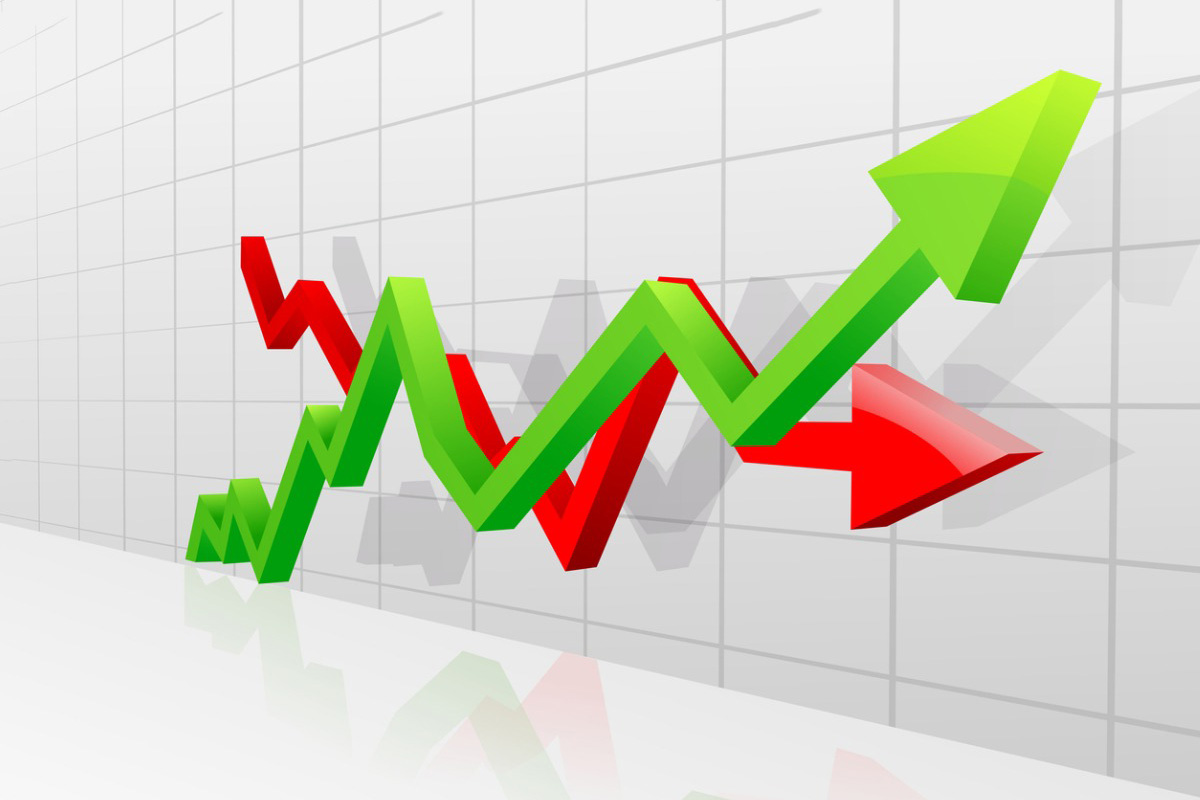
Ever so slowly, the rotation into cyclicals and out of defensives is happening. Last year was the time for defensive plays, as investors expected inflation, rate hikes and a recession to wreak havoc. But that recession still seems in the distance—as one wag put it, the downturn is always six months away.
Note that the rotation is occurring very slowly, with investors still seeing a raft of potential problems hovering in the future—as in that recession that keeps skulking in the shadows. Sam Stovall, CFRA Research’s chief investment strategist, noted in a report that, “The embryonic rotation out of defensive groups and into cyclical sectors is evident in the weak YTD returns.”
In other words, 2023 has been volatile, as whipsawed investors can attest. After a good January, stocks sank in February and, thus far in March, have inched upward again. The S&P 500 finished Monday ahead 5.4% for the year.
Undergirding these fluctuations is an anemic earnings picture. S&P 500 earnings for 2022’s last quarter declined 4.6%, per FactSet Research Systems. What’s more, analysts expect profit drops for 2023’s first half and a rebound in the second six months.
Meanwhile, the market, at least, has transformed itself into a classic rally configuration. As Stovall put it, “Following down years, U.S. sector rotation has typically gone from ‘first to worst,’ meaning that the groups that held up best during the downturn—typically, the defensive consumer staples, health care, and utilities sectors—are replaced by the groups that fell the furthest in the prior year.”
In 2022, cyclicals communications services, consumer discretionary and information technology were the dogs. Consumer staples and utilities, the quintessential defensive plays, were on top. Then the game board switched.
As of last Friday, info tech was the leading S&P 500 sector, ahead 13% for the year, followed by communications services at 12.2% and consumer discretionary at 12.1%, according to Yardeni Research. The two last-place sectors were utilities, at negative 6.2%, and consumer staples, at minus 2.7%.
But the change in market leadership has not been quick, as Stovall pointed out: “Just as it takes longer to turn a cruise ship than a jet ski, so too 40-week strength and weakness takes a while to realign.”
Related Stories:
Stocks, Bonds—Hah! Wilshire Lays Out a Broader Asset Allocation
Stocks and Bonds Should Come Back in 2023, Says Cambridge Associates
As Beijing Relaxes Pandemic Rules, Chinese Stocks Rally
Tags: Earnings, FactSet, Recession, rotation, S&P 500, Sam Stovall, sectors, Stocks, Yardeni Research
